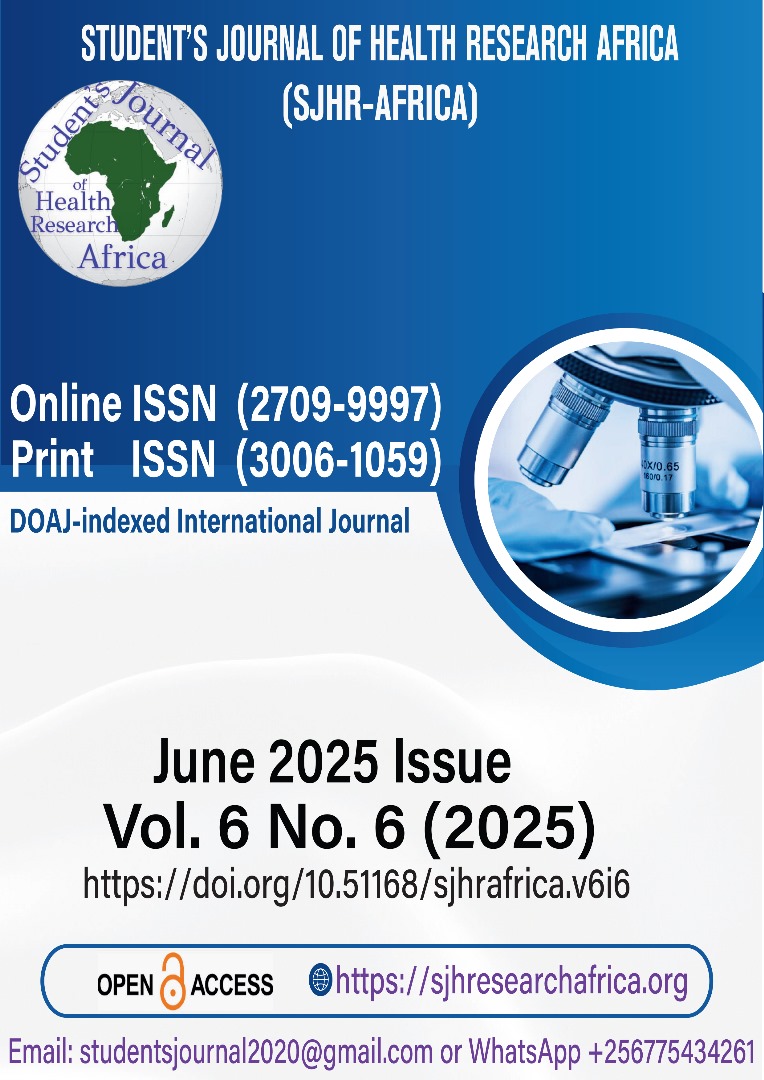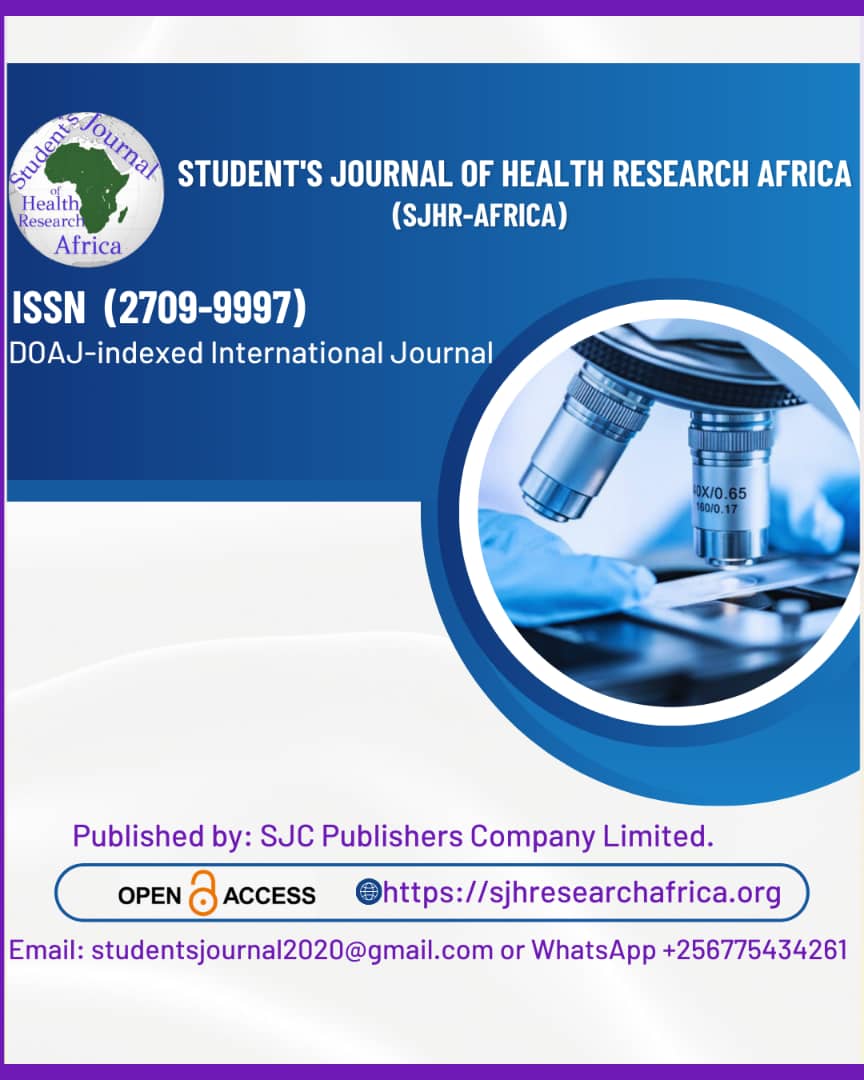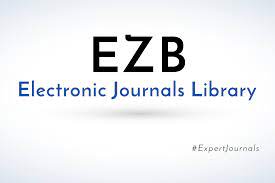CONSEQUENCES OF FETAL GROWTH RESTRICTION DUE TO MATERNAL HIGH-RISK FACTORS ON NEONATAL OUTCOME WITH 1-YEAR FOLLOW-UP IN A TERTIARY CARE HOSPITAL: A COHORT STUDY.
DOI:
https://doi.org/10.51168/sjhrafrica.v6i6.1758Keywords:
Fetal growth restriction, maternal risk factors, neonatal outcomes, developmental delayAbstract
Background
Fetal growth restriction (FGR) is a significant perinatal concern associated with increased neonatal morbidity and long-term pediatric complications. Maternal high-risk factors such as hypertension, diabetes, malnutrition, and infections are known contributors to FGR.
Objectives
- To clarify the relationship between maternal high-risk variables and the pediatric effects of FGR.
- To evaluate the pediatric outcome after 1-year follow-up.
Methods
A prospective observational study was conducted at IGIMS, Patna, over 1.5 years involving 92 FGR neonates. Maternal risk factors and neonatal outcomes were recorded, with follow-up assessments up to 12 months to evaluate growth and development.
Results
A total of 92 neonates with fetal growth restriction (FGR) born to high-risk mothers were enrolled. The mean maternal age was 28.4 ± 4.7 years; 48.9% were primiparous. Hypertensive disorders (52.2%) and diabetes mellitus (19.6%) were the most common maternal risk factors. Neonatal outcomes included hypoglycemia (37.0%), respiratory distress (31.5%), and NICU admission (55.4%). Significant correlations were found between maternal hypertension and NICU admission (p=0.003), and between diabetes and neonatal hypoglycemia (p=0.001). At 12-month follow-up, 29.3% had delayed developmental milestones, and 33.7% showed persistent growth impairment, indicating a strong association between maternal risks and adverse pediatric outcomes.
Conclusion
Maternal high-risk conditions significantly affect both immediate and long-term outcomes in FGR neonates. Early antenatal intervention and structured pediatric follow-up are essential to improve prognosis.
References
Baschat AA. Fetal growth restriction-from observation to intervention. J Perinat Med. 2010;38(3):239-246. doi:10.1515/jpm.2010.035. https://doi.org/10.1515/jpm.2010.035
Figueras F, Gratacós E. Update on the diagnosis and classification of fetal growth restriction and proposal of a stage-based management protocol. Fetal Diagn Ther. 2014;36(2):86-98. https://doi.org/10.1159/000357592
Lees CC, Stampalija T, Baschat A. Clinical update: Fetal growth restriction. Lancet. 2022;400(10360):1737-1748. https://doi.org/10.1016/S0140-6736(22)01736-6
Melamed N, Baschat A, Yinon Y, et al. FIGO (International Federation of Gynecology and Obstetrics) initiative on fetal growth: best practice advice for screening, diagnosis, and management of fetal growth restriction. Int J Gynaecol Obstet. 2021;152 Suppl 1:3 57.
https://doi.org/10.1002/ijgo.13575
Bernstein IM, Horbar JD, Badger GJ, Ohlsson A, Golan A. Morbidity and mortality among very-low-birth-weight neonates with intrauterine growth restriction. Am J Obstet Gynecol. 2000;182(1 Pt 1):198-206. https://doi.org/10.1016/S0002-9378(00)70513-8
Sharma D, Shastri S, Sharma P. Intrauterine growth restriction: antenatal and postnatal aspects. Clin Med Insights Pediatr. 2016;10:67 83. https://doi.org/10.4137/CMPed.S40070
Reddy UM, Abuhamad AZ, Levine D, Saade GR. Fetal growth restriction: evaluation and management. Am J Obstet Gynecol. 2019;221(2):B2-B15. https://doi.org/10.1016/j.ajog.2019.05.042
Bhatia A, Dutta S, Narang A. Longitudinal growth and neurodevelopmental outcome of very low birth weight infants at 18 to 24 months of corrected age. Indian Pediatr. 2021;58(2):123-128.
Villar J, Papageorghiou AT, Pang R, et al. The likeness of fetal growth and newborn size across non-isolated populations in the INTERGROWTH-21st Project. BJOG. 2014;121 Suppl 1:28 40. https://doi.org/10.1111/1471-0528.12631
Lee ACC, Kozuki N, Blencowe H, et al. Intrauterine growth restriction-associated neonatal mortality: An individual-level meta-analysis. https://doi.org/10.1371/journal.pmed.1002244
Levine TA, Grunau RE, McAuliffe FM, Pinnamaneni R, Foran A, Alderdice FA. Early childhood neurodevelopment after intrauterine growth restriction: a systematicreview. Pediatrics. 2015 Jan;135(1):126-41. Doi: 10.1542/peds.2014-1143. PMID: 25548332.
Kim, M. S., Koh, J. W., Shin, J., & Kim, S. Y. (2024). Postnatal Growth Assessment and Prediction of Neurodevelopment and Long-Term Growth in Very Low Birth Weight Infants: A Nationwide Cohort Study in Korea. Journal of Clinical Medicine, 13(10), 2930.
El Ayoubi M, Patkai J, Bordarier C, Desfrere L, Moriette G, Jarreau PH, Zeitlin J. Impact of fetal growth restriction on neurodevelopmental outcome at 2 years for extremely preterm infants: a single institution study. Developmental Medicine & Child Neurology. 2016 Dec;58(12):1249-56.
Downloads
Published
How to Cite
Issue
Section
License
Copyright (c) 2025 Rizwan Ahmar, Manish Kumar, Amit Kumar, Sadia Parween, Sunil Kishore, Anand Kumar Gupta

This work is licensed under a Creative Commons Attribution-NonCommercial-NoDerivatives 4.0 International License.






















